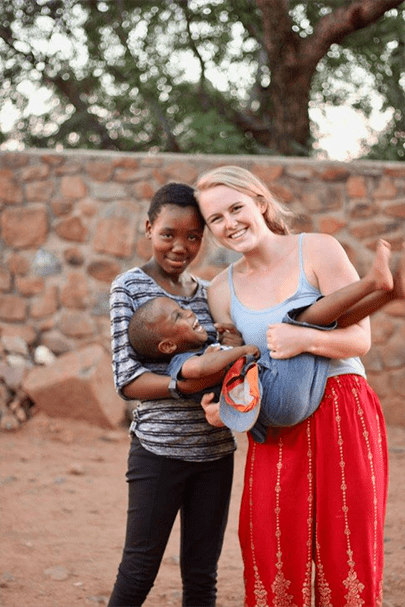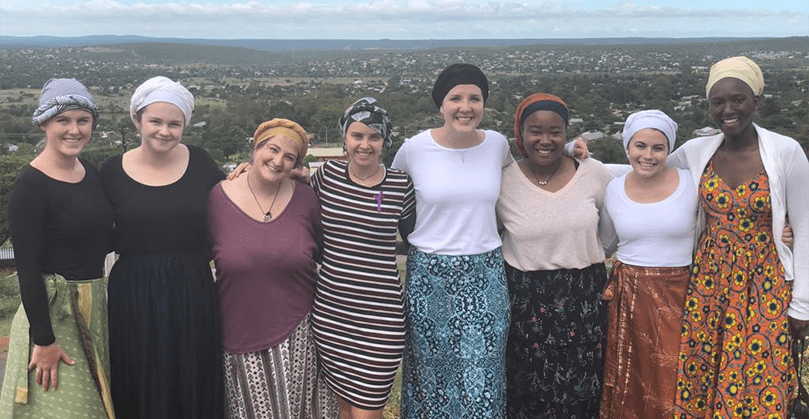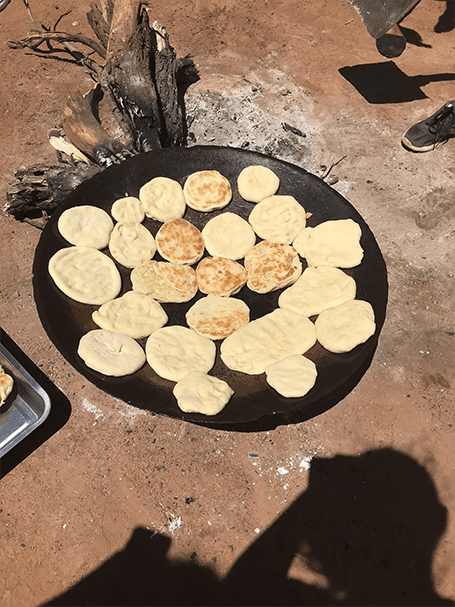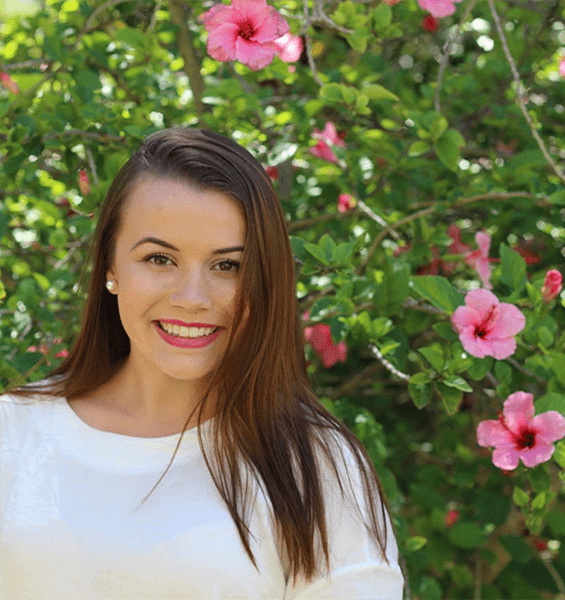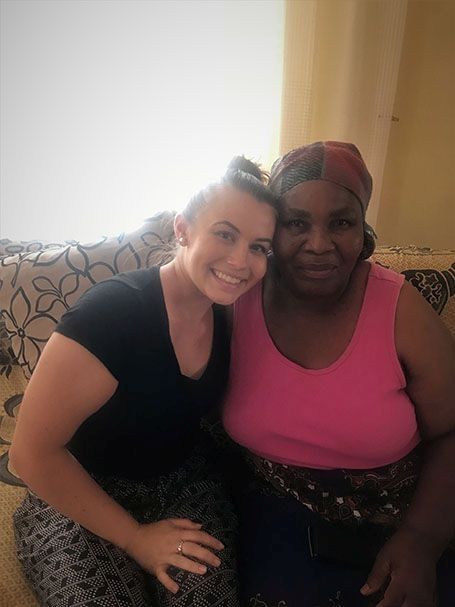Kanye, West of Gaborone (get it? ha)
This past week was spent by the Community Public Health students in Kanye, and the Arts & Sciences students joined for the weekend. Kanye is a very large village with beautiful rolling hills about an hour and a half from UB. Each student was placed with a host family, and each host family differed in demographics. I stayed with a 72-year-old woman, whom I called “mom”, and her equally elderly cousin. The children and grandchildren of my mother as well as her siblings joined us for the weekend as my mom is the matriarch of her family.
Hannah stayed with her host mom, brother, niece, and nephew. Most of the host families did not have running water which was a situation most of us had never been exposed to. Many of the families expected us to participate as daughters by helping prepare dinner or washing dishes following meals.
For four days, the CPH students travelled to different clinics to observe healthcare in a village as compared to healthcare in the capital. To our surprise, the clinics in Kanye seemed to be more clean, organized, and equipped than the clinics in Gaborone. Many of the clinics even appeared to be making the transition from physical record keeping to electronic records kept on computers. However, many of the obstacles observed in Gaborone are also obstacles faced by Kanye clinics such as poor allocation of resources, lack of patient compliance, and a failure to follow sanitary protocol. After clinic each day, we regrouped at KFC or Debonaire’s for lunch and swapped clinic experiences. Afterwards, we either went to the education center for Setswana or went home to spend time with our families. The families asked many questions about life in America as compared to life in Botswana, and it became very obvious that most of the information Batswana receive about America, unsurprisingly, come from TV. For example, my host mom asked if there are old people in America since she never sees any on TV.
On Thursday, the CPH students went to the Kgotla in the morning. The Kgotla is more or less the court of the village in which weddings, criminal cases, and general meetings are held. To visit the Kgotla, a woman must wear a long skirt (past her knees), long sleeves, and a headwrap.
During our trip to the Kgotla, there were four weddings officiated by the chief of marriage, and we heard that the family of one bride received 10 cows and a sheep for the marriage. I later asked my host mom more about marriages in Botswana, and she said the family of the bride is offered a minimum of eight cows as the bride price. Also, ceremonies typically occur on Thursdays while the parties occur on the weekend. For the parties, multiple cows are slaughtered to prepare food that lasts all day and night since the festivities last far into the night. She also said that the bride will change into multiple different white dresses that family members have bought for her. My mom then asked what the bride price is in America, and she was appalled to learn that the groom does not have to pay the bride’s family cows – or at all – to marry. On Saturday, all of the CIEE students went to Motse Lodge which is a cultural village, similar to Bahurutshe. At the lodge, we learned how to milk goats, make phaphatha (sort of like large English muffins), and prepare porridge.
Overall, this week gave me a firsthand understanding of the cultural and lifestyle differences between Batswana and Americans. It was wonderful to have a family just as interested in my life in America as I was in their lives. I hope that we impacted their lives even half as much as they impacted ours.
Related Posts
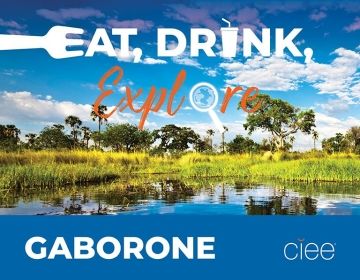
Eat, Drink, Explore: Gaborone
BEST FOOD TO EAT IN BOTSWANA Africa is a meat-eating continent, and Botswana is no different. The country’s national meat dish has two names: “ seswaa” in the Central District... keep reading
Study Abroad in Botswana Africa
For my study abroad, I chose the Community Public Health Program in Gaborone Botswana during the Fall 2024 semester. I am a public health major on a pre-PA track and... keep reading

Internships vs. Volunteering Abroad: Which is Better?
Are you looking for internship or volunteering opportunities while abroad? You’re in luck with CIEE! Follow along as we detail the differences between internship vs. volunteer work and what you... keep reading
